Martyn Ware - From Synths to Soundscapes
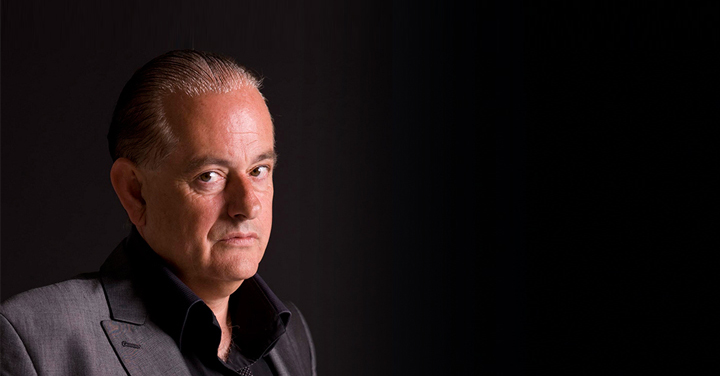

MARTYN WARE - FROM SYNTHS TO SOUNDSCAPES
Martyn Ware of The Human League can’t write music. The man behind Heaven 17 and producer of prodigous musical titans (Chaka Khan, Tina Turner, Erasure) has never had a music lesson in his life.
What Martyn Ware can do is use technology—a computer, a synthesiser. And Martyn Ware has shown he can write the future of audio.
Speaking to Quiet Times, it’s our honour to hear from a popular music legend who has gone on to create immersive surround sound installations, including The Noise Abatement Society’s West Street Project in Brighton that we’ve previously mentioned on The Quiet Mark Podcast.
As Martyn starts—it all began in Sheffield. “I didn’t think, ‘I’m in an isolated place’… I didn’t know any different”. His family was working class, and ‘never any summer holidays' meant he knew every inch of Sheffield very well. He was 16 before he visited London.
In both the city centre and the surrounding hills, an ambient patchwork of machine-based noise was a constant feature. The city in the 60s and 70s churned out steel on an industrial scale. Any vacant space inside the city centre seemed to spring up as a ‘finishing workshop’ producing goods like cutlery, or pen-knives.
“You’d hear grinding noises down those alleyways.” As a teenager one night, a faint repeating sound disturbed him. “‘Ba-boom’… I couldn’t work out what it was. It was this infrasonic (noise) from local drop forgers. On a still night, that pulsating, sounded like a heartbeat. I realised that must have sunk very deeply into my subconscious.”
Play The Human League’s ‘Being Boiled’ and you might instantly recognise some of these acoustic ecological influences. That squelching electronic bass, an industrial metallic heartbeat, and the clanging sparks flying off at various rhythmic intervals. You can almost picture the workshops now.
While Martyn’s musical career is in itself illustrious, he first worked for 3 years in computers. “I’ve always loved anything that felt futuristic… way before I ever thought I’d be a musician”.
The first instrument he touched was a dual-stylus Stylophone and his first proper synth was a KORG 700S all bought with money he earned. Both incidentally still operational and in use in his studio, with not a built-in obsolescent chip in sight.
Illustrious has also gone on to become his company name, forged in tandem alongside Vince Clarke (of Erasure, Yazoo and Depeche Mode fame) combining the two spheres of music and computing—in technical, commercial and research work.
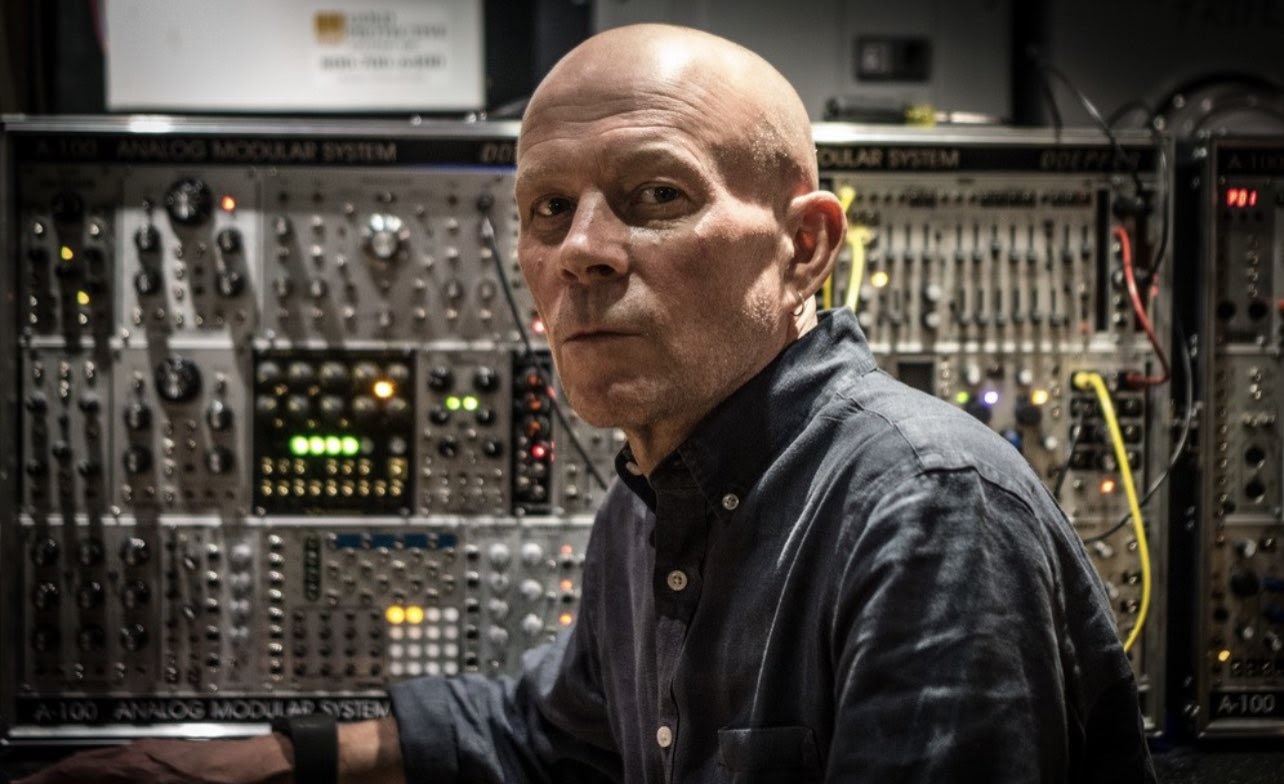
Image: Vince Clarke, Co-Founder of Illustrious, can be heard on Ep. 4 of Electronically Yours, with Martyn Ware
Shrewdly buying the rights to special custom-built software they had co- commissioned in 1999 for a project, the duo have collaborated with artists for over 20 years. It allows them to arrange audio in a 3D space, designing for speaker arrays in virtually any shape and size.
Consider that surround sound or ‘spatial audio’ is still considered burgeoning tech today, and you understand just how pioneering Martyn was to explore this technology. Except for a limited number of Dolby Atmos albums streaming via Apple Music, 3D audio is rarely de-coupled from moving pictures, meaning this type of audio has remained almost exclusively the preserve of cinema.
Unsurprisingly that’s because you’ve needed a special speaker rig to properly experience the benefit. Martyn’s explored two applications. Firstly for art, with the largest example being ‘Sound Oasis’, a work arranged in a Mexico City central plaza, a speaker array measuring 150 metres2 by 25 metres2 high. Stepping inside that would be huge.
Over 24 hours, twelve 2-hour pieces ran continuously. Martyn both creatively produced and arranged these for playback in the unique 3D space, which to pleasant surprise, saw people “turning up at 4am to hear their favourite” piece or artist. Art projects like these Martyn labels, “‘sonic muralism’. It’s sonic art by the people for the people”.
The Sound Oasis project ranged from the weird, projecting the sound equivalent of a 30m high snail slowly oozing through the space, to the sublime as fellow Sheffielder, Cabaret Voltaire band member, and eminent sound recordist Chris Watson, contributed immersive sound recordings of a cherished railway journey in Mexico.
“It’s not just about the sound of stuff, [but] to find out how it interacts with meaning for people and emotions. I want to reach as many people… of any ethnicity… and when you embolden people to be creative… they become emotionally engaged”
Martyn’s other work certainly emotionally engages, but for the purpose of science. He’s overseen a number academically studious projects which note the effects of the presence of curated immersive audio.
Brighton & Hove Council’s West Street experiment saw Martyn placed at an intersection where clubbers, stag and hen-dos meet. As a colloquial “war-zone” this was a place where “everybody was off their nut”, and up to 10,000 partygoers were known to congregate, pass through, “fall over, get pushed” and inevitably, fight. “4 or 5 police cars would usually be there. There was an air of tension”.
For Halloween, such a busy party night, the results were dramatic. A&E departments received no related patient intake, and police were virtually forced to divert-away their usual presence and dog-units.
As Martyn DJ’d, safely encapsulated “in a security guarded Portakabin”, he pulled a number of seemingly wacky moves including playing Beyoncé’s Countdown at half-speed while retaining its pitch, to trying out a serene ‘wave-scape’.
The enormous rig spanned 100 metres by the road’s 25 metre width and 10 metres high. During the daytime, hearing the ‘wave-scape’, those pushing prams calmly slowed. Some stopped in their tracks as if to think ‘what’s that?!’, before obliviously continuing (...no signage was present to explain anything).
Despite the real waves being too distant to be audible, their presence was felt. More curiously (as discovered during their sound-check) the level at which the waves became audible was significantly lower than that of the surrounding traffic. “It was as if your brain (selectively) thought—‘hey!’ we need to pay attention to this, it’s more important than what’s louder” Martyn laughs.
Our ears selectively tuning in to a noise that’s lower in volume than one that should drown it out goes some way to show that sound is something which is felt as much as heard. This is something that, former Director of Sound and Sensory Design at Microsoft, Matthew Bennet describes in detail in episode 24 of the Quiet Mark Podcast.
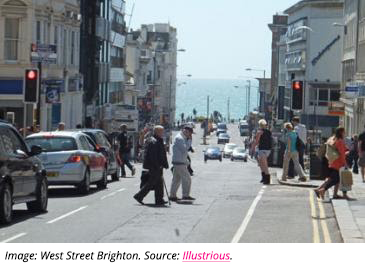 Whereas at night, when Martyn dropped a reconditioned version of ‘Being Boiled’ which imperceptibly and gradually slowed over time, crowds first danced—then slow jammed—and finally resolved to vogueing.
Whereas at night, when Martyn dropped a reconditioned version of ‘Being Boiled’ which imperceptibly and gradually slowed over time, crowds first danced—then slow jammed—and finally resolved to vogueing.
“It didn’t stop [anyone] engaging with people, it just made the atmosphere better.” For a place infamous for people throwing punches rather than throwing shapes—the police stated “there’s no prospect of any trouble here tonight” and departed.
The study was watched intently via video feed for psychoanalysis by both Brighton University and Brighton and Sussex Medical School—and the project has even been trialled and exported to a similar problematic district in Montreal, Canada.
Quiet Times recently spoke to Yoko Sen, and Dr Elif Özcan (Vieira) about the sound of caring. Martyn too has explored this in a concert for carers and sufferers of Alzheimer's disease, all in collaboration with Plymouth University. Called Re-capture, it was a 3D audio performance based around reminiscence and how that helps a lot of sufferers reconnect with their existing memories.
“We chose songs to do with memory, gentle, ambient stuff. I performed live with it as well. I had carers and other lecturers come up to me and say they were crying and it touched them in some way, so I was very happy with that result.”
These days Martyn also teaches Electronic Music and Production at universities, which isn’t bad for someone who “didn’t even try to be intellectual with experimental music”. He idolises Brian Eno and David Bowie, the latter whose sales figures he’s even previously analysed against tempo and major chords to—again with a University of Plymouth statistician —decipher whether ‘happier’ songs made for ‘hit’ songs. Their findings were plastered all over the walls at the Port Elliot festival ‘David Bowie Is’ event, working with the V&A.
In one last anecdote, Martyn regales the first time he met Bowie who turned up unannounced to his dressing room, at the Nashville Rooms, Earls Court. A moment luckily someone had the foresight to photograph—proof! Martyn learned that, a few weeks prior, both Bowie and none other than Iggy Pop had been turned away(!) from a prior sold out show at the Marquee Club in Soho.
After finally getting to see them play, Bowie proclaimed “The Human League are the future of music”. Now you’ve gotta admit, even putting aside the ‘futuristic’ 3D audio work, that’s really quite an accolade for anyone to get... even Mr Martyn Ware of The Human League… and well, we couldn’t disagree with Bowie now, could we?
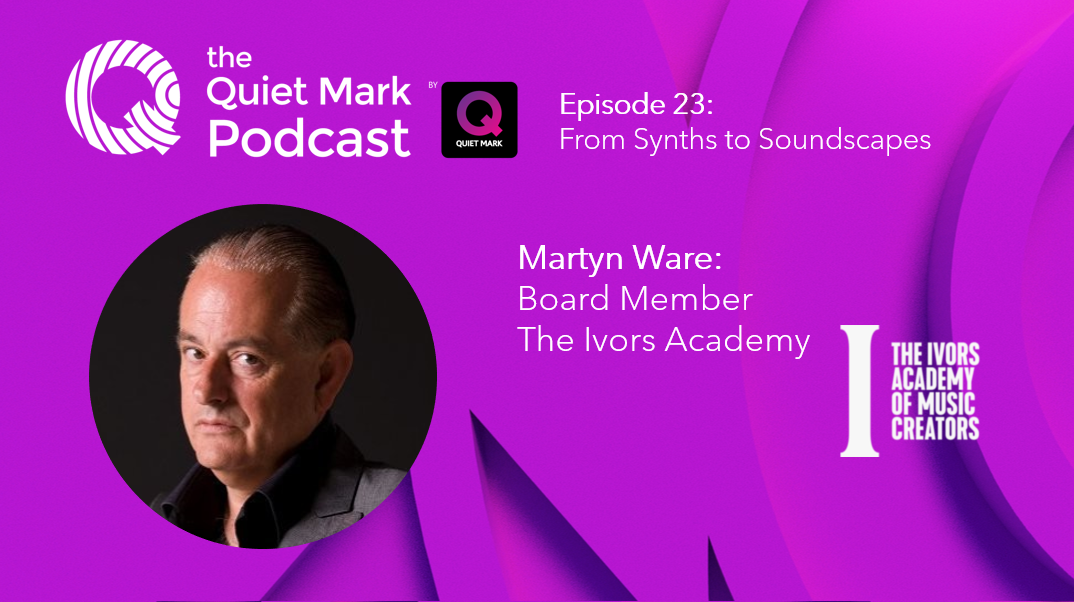
Listen to Martyn Ware on Ep. 23 of The Quiet Mark Podcast, HERE.
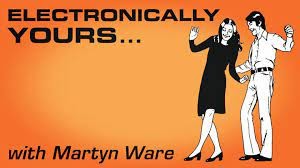 Our own 80s electronic music aficionado, podcast host and CMO, Simon Gosling, describes Martyn Ware’s podcast - Electronically Yours with Martyn Ware - as a personal favourite. If you love pioneers of early synth pop and modern music production techniques, such as Gary Numan, Vince Clarke and Nile Rogers, then tune in HERE.
Our own 80s electronic music aficionado, podcast host and CMO, Simon Gosling, describes Martyn Ware’s podcast - Electronically Yours with Martyn Ware - as a personal favourite. If you love pioneers of early synth pop and modern music production techniques, such as Gary Numan, Vince Clarke and Nile Rogers, then tune in HERE.
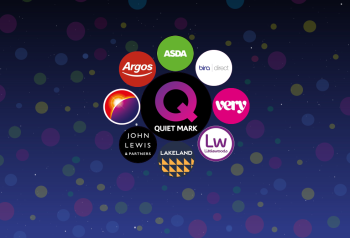







 Quiet Mark Founder
Quiet Mark Founder